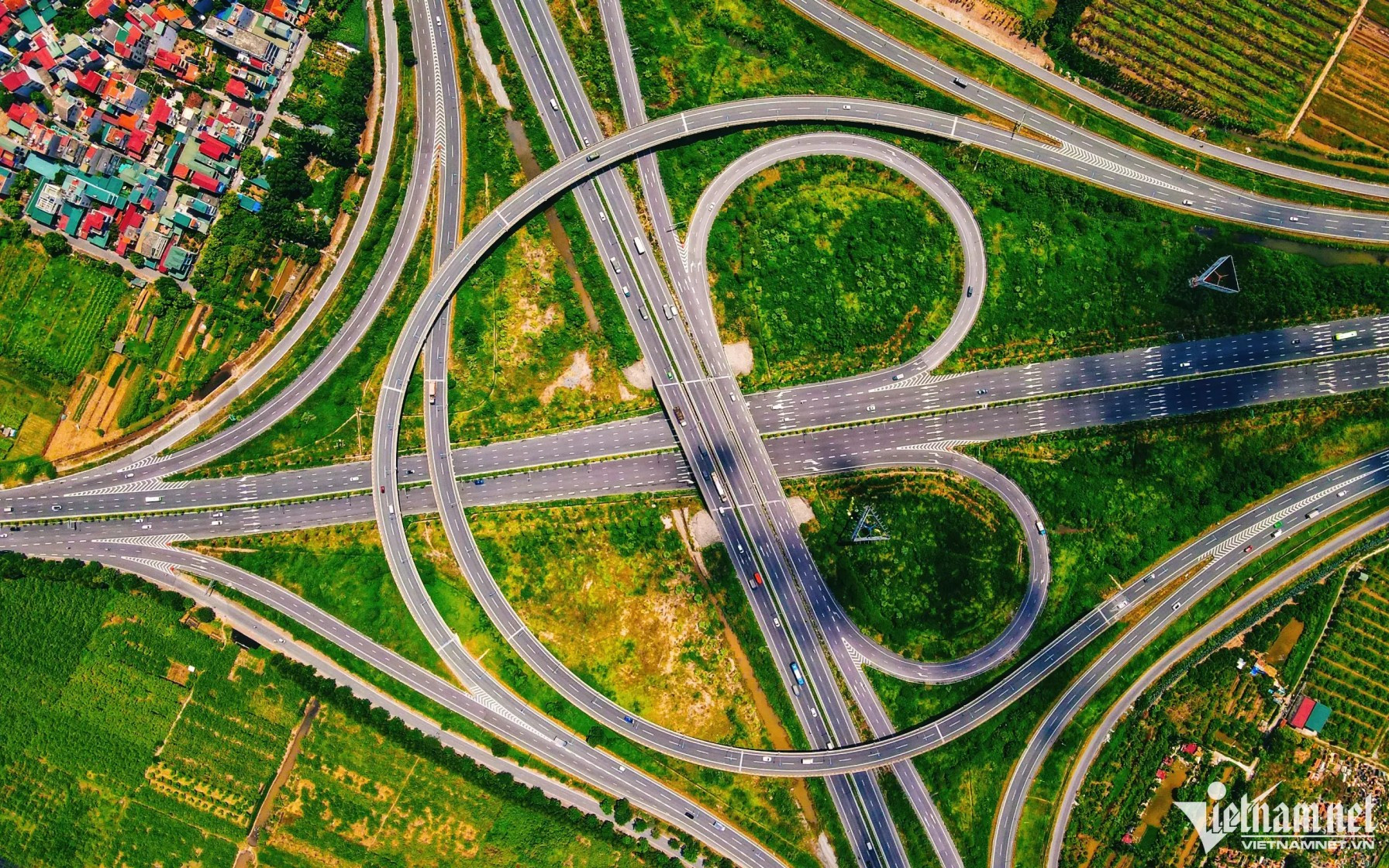
Economic corridors
Under the draft, Vietnam will gather strength to form and develop economic corridors along the North-South backbone and East-West.
The North-South economic corridor (Lang Son – Hanoi – HCM City – Ca Mau) will be built based on routes of North-South Expressway in the eastern part, Highway 1A from Lang Son to Ca Mau, the North-South railways and high-speed railways in the future.
Some economic corridors will be set up along the Ho Chi Minh Road and North-South Highway in the western part which go across the Central Highlands, the eastern part of the southern region, Mekong River Delta and the northern midlands and mountainous areas.
The economic corridors will exploit and develop the Central Highlands, western areas of the southeastern region, Mekong River Delta and northern midlands and mountainous areas, in association with national defence and security strengthening.
As for East-West economic corridors, Vietnam will prioritize the corridors joining international corridors, corridors under construction and ones with favorable conditions, especially in infrastructure.
These include Lao Cai – Hanoi – Hai Phong – Quang Ninh corridor which connects the northern midlands and mountainous areas with the country’s large economic centers (Hanoi, Hai Phong).
The Lao Bao – Dong Ha – Da Nang economic corridor: This is part of the EWEC (East-West Economic Corridor) belonging to GMS (Greater Mekong Sub-region), connecting localities in the south of Myanmar, and the central region of Thailand and Laos with seaports in the central region of Vietnam. Trade exchange, tourism and investments among countries will be developed.
The Moc Bai – HCM City – Vung Tau economic corridor to be linked with the Trans-Asia Economic Corridor (Nanning – Singapore) will play a very important role in the economic development of the eastern part of the southern region, and is the gateway to the sea of the eastern and western parts of the southern region.
The Dien Bien – Son La – Hoa Binh – Hanoi corridor will comprise the provinces of Dien Bien, Son La, Hoa Binh and Hanoi. The route will connect the northwest sub-region with the Northern key economic region, linking the North-South economic corridor and connecting to the northern areas of Laos. The corridor will play a role in promoting economic development - Northwest sub-regional society.
The Cau Treo – Vung Ang is the corridor connecting the east and the west. It is located in Ha Tinh province, but plays an important role in the development of the northern part of the central region. Through Cau Tre international border gates and Vung Ang Port, Laos and GMS countries will be able to go to the Eastern sea.
Building dynamic areas, large cities
Based on existing economic regions, Vietnam will choose some localities with favorable conditions, international airports, seaports, strong science and technological potential, innovation and high-quality labor forces to form national dynamic areas.
These include HCM City – Binh Duong – Dong Nai – Ba Ria-Vung Tau (the southern dynamic area); and Hanoi – Hai Phong – Quang Ninh (the northern dynamic area);
Economic zone establishment
Vietnam will focus on developing a number of coastal economic zones and border economic zones in association with important dynamic zones and economic corridors under the new economic zone with modern infrastructure, specific policies and international competitiveness.
It will review and define the development focus of economic zones in association with geopolitical positions and the development of industrial fields prioritized for development.
The draft document also mentions the pilot construction of cross-border economic zones.
Infrastructure
In terms of infrastructure development, the goal is a framework of national infrastructure with a North-South traffic axis (road, railways, sea and air) and an important east-west axis, with regional and international connections.
Vietnam would also form digital infrastructure which is essential for the development of a digital government, digital economy and digital society.
Luong Bang